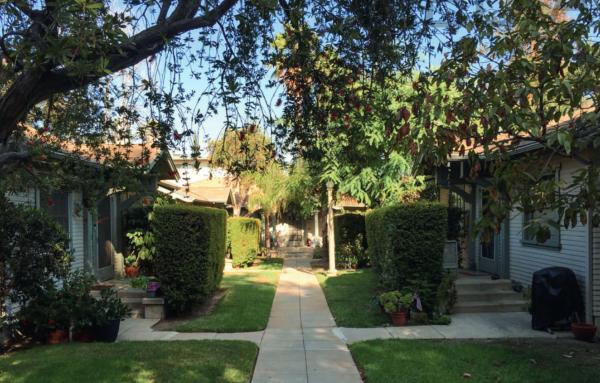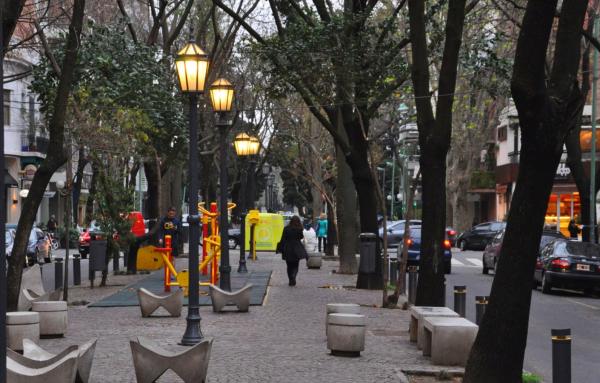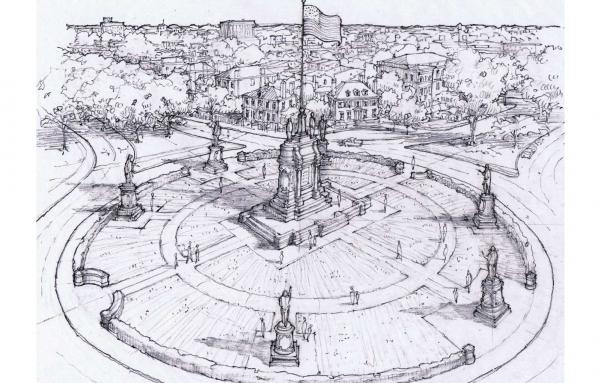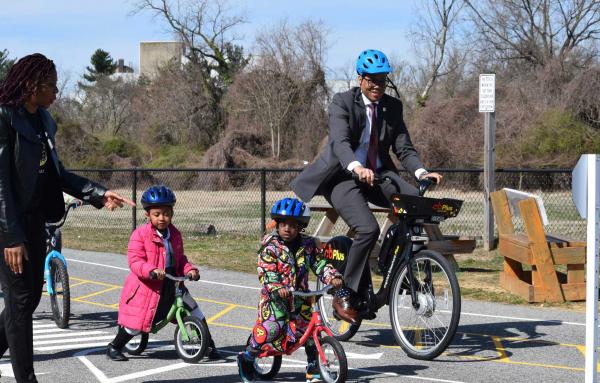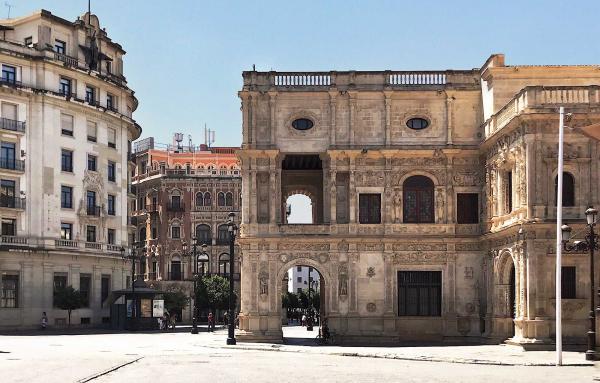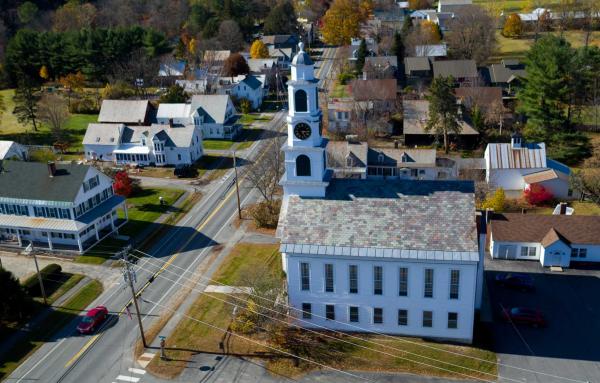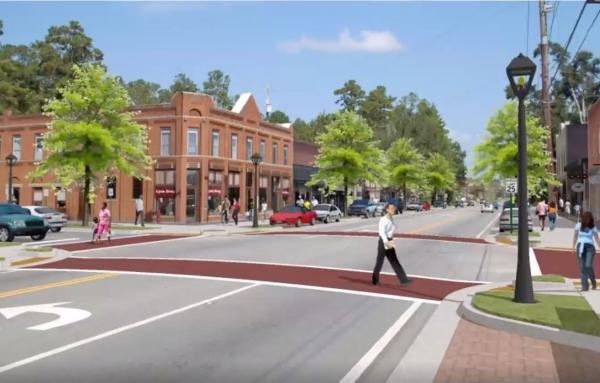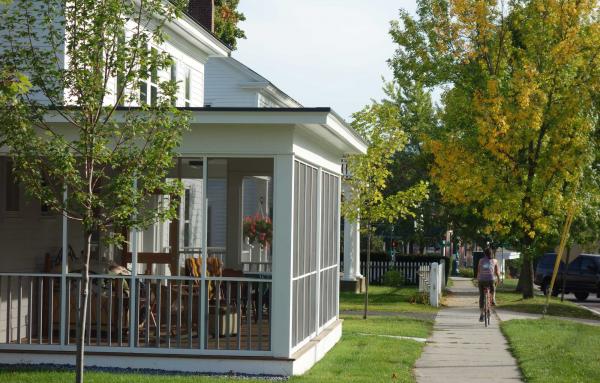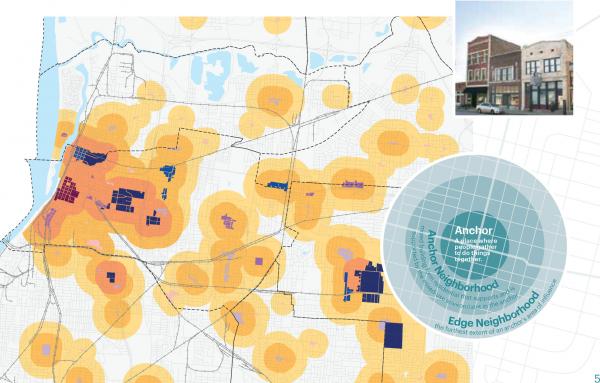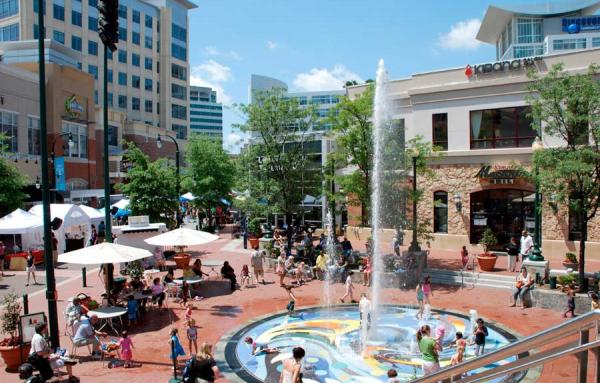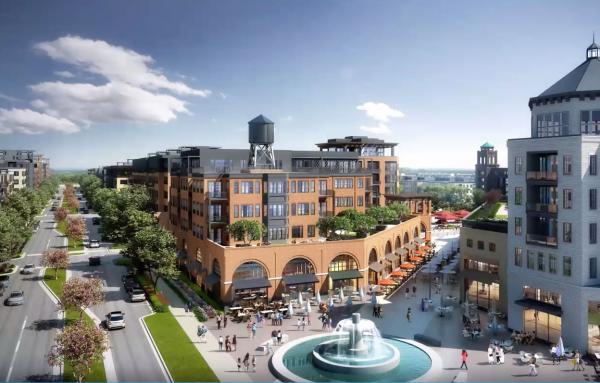RECENT ARTICLES – 2020
House-scale buildings with more than one living space can affordably shelter a broad range of families, revitalize communities, and profit builders throughout the 2020s and 2030s.
In a city like Seattle, more than 100,000 trees could be planted at intersections alone. These trees would provide enormous psychological, social, environmental, and economic benefit.
If we acknowledge the value of civic art, we should consider that civic art, like human beings, should be held accountable and be afforded the opportunity, where necessary, to “mature” in the context of civil engagement.
A second-grade bike education program in DC also informs children about street networks and helps them to understand their community.
The pandemic may have long-lasting design impacts, but we still need sociable and walkable places.
CNU is restarting its weekly webinar series, On a Park Bench, by elevating new voices that expand the movement's horizons.
A bill moving through Vermont legislature adopts key zoning reform measures for walkable communities, even as the state recently completed a report with CNU on incremental changes to land use laws.
The state DOT has a novel model to fix its automobile-oriented, dangerous thoroughfare network and design complete streets.
CNU teams with the State of Vermont to promote incremental steps to housing access and affordability in communities of all sizes.
Memphis 3.0 establishes neighborhood centers where mixed-use development may occur incrementally, at different speeds, according to the context.
A new report makes the case that walkable suburbs are the are the next big development trend.
The Minnesota capital has major redevelopments underway, using principles of the Charter of the New Urbanism.
